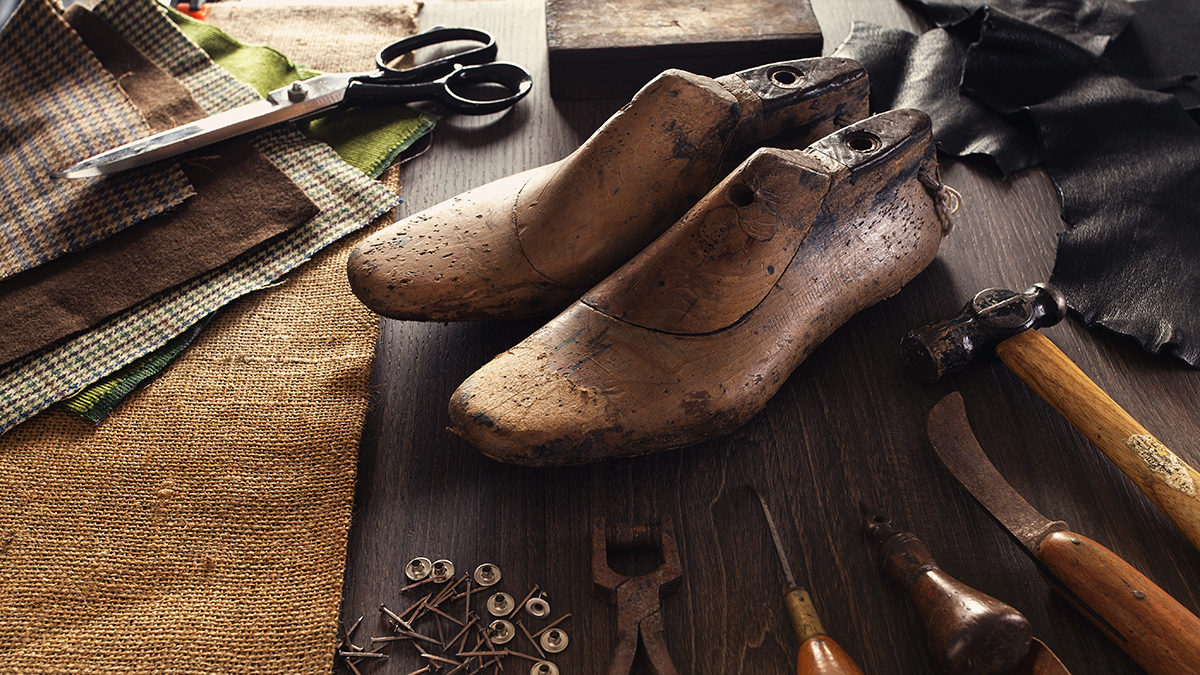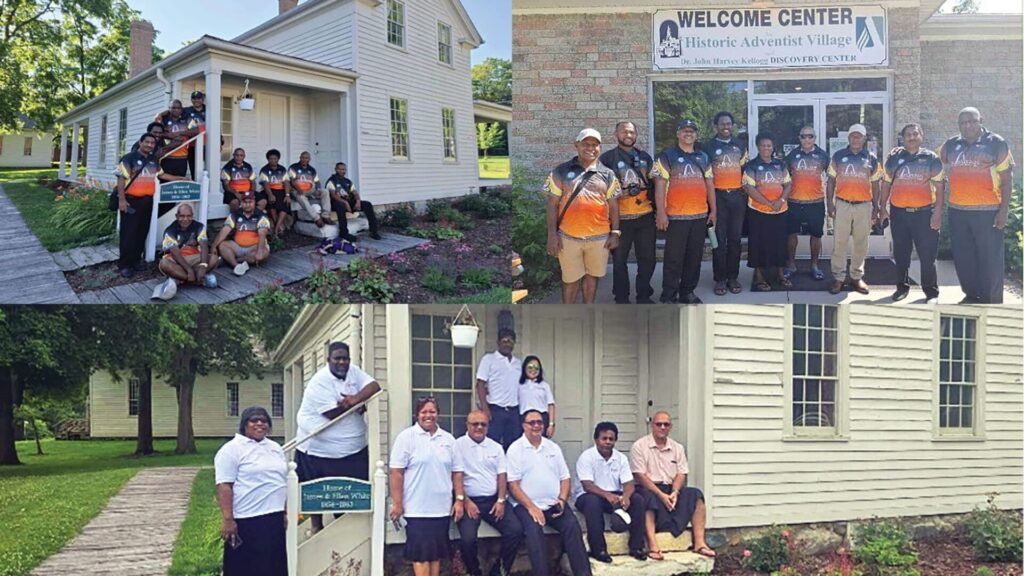I think I could make a pair of shoes.
I would start with a piece of leather, cut it into patterns and stitch the pieces together. I would then fit that around the wooden “last”—an instrument used in shoemaking that has a shape similar to a human foot—hammer in the nails, glue the shoe and sew the final pieces. And I think I would probably be able to finish the whole thing in a reasonable period of time—though definitely not as quickly as a cobbler could!
I am not a shoemaker. But I have seen many times how a shoe is made. I did not intentionally set out to learn, nor did the shoemaker intentionally set out to teach me. Rather, I learned by pure assimilation—because I saw my grandfather make hundreds of pairs of shoes.
I loved going into his workshop. As a child, for me, it was a whole new world. The interesting tools, the smell of the leather mixed with the glue and discovering a whole trove of treasures. And there was always something new; something I had not seen before. Out of the corner of his eye, my grandfather would watch what I was doing and where I was. Sometimes he would direct me not to do or get into certain things, but he would always allow me to be there.
In our living room hangs a framed photo of my grandfather and beneath it is the leather chair he used to sit on, one of his tools, his wooden last and his cast iron three-point cobbler anvil. Every time I see these things, I think of my grandfather. When he sat on his chair, he would also fetch a tiny seat for me to sit next to him. For hours, I would just watch how he crafted and created a shoe from scratch. What I learned in his workshop has been embedded in my life and my mind.
Church life and discipleship are very much like my grandfather’s workshop—often we can learn by watching how they are done. I learn to be a disciple when I see another disciple in action. I learn what it is like to be in an accepting, loving, encouraging church when I am in the midst of a church like that. I learn when I see passion and fervour in the church members. I learn when I am exposed to a whole “trove of treasures” in local churches. I learn by looking—even though people are not intentionally wanting to teach me. But just by being in their presence, I assimilate and I learn.[pullquote]
All those years ago in my grandfather’s workshop, I learned to make shoes. But outside of his workshop, I also watched him—and I learned. Every morning, I saw my grandfather prepare breakfast for my grandmother and serve it to her. After they finished their breakfast, I saw them study their Sabbath School lesson. Always. Every single day.
I saw my grandfather active at church. He would get there on time, was involved as an elder, a deacon and in the worship service, and I don’t remember him ever criticising another church member.
No wonder Paul says in 1 Corinthians 11:1, “Be imitators of me, as I also am of Christ.” For many of us who have never seen Christ in action in the physical realm, we get to “see” Him in action in the pages of Scripture—interacting. And that is challenging for all of us.
In our local churches around Australia, we are trying to create a thriving disciple-making movement. Ultimately, we want to be a movement of disciples who, through our actions, tell the story of Christ. People normally ask, “How will we know whether we are being a thriving disciple-making movement?” For me, there are three key points. A thriving disciple-making movement is:
- A movement of disciples who are communing with God; spending time with Him;
- A movement of disciples who have good relationships with their brothers and sisters, not just internally but are linking with the communities in which they live; and
- A movement of disciples who are focused on the mission of the Church.
It is my prayer, as we watch one another and what is happening in our churches in this country, we may ultimately be encouraged to imitate Him.
Pastor Jorge Munoz is president of the Seventh-day Adventist Church in Australia.






